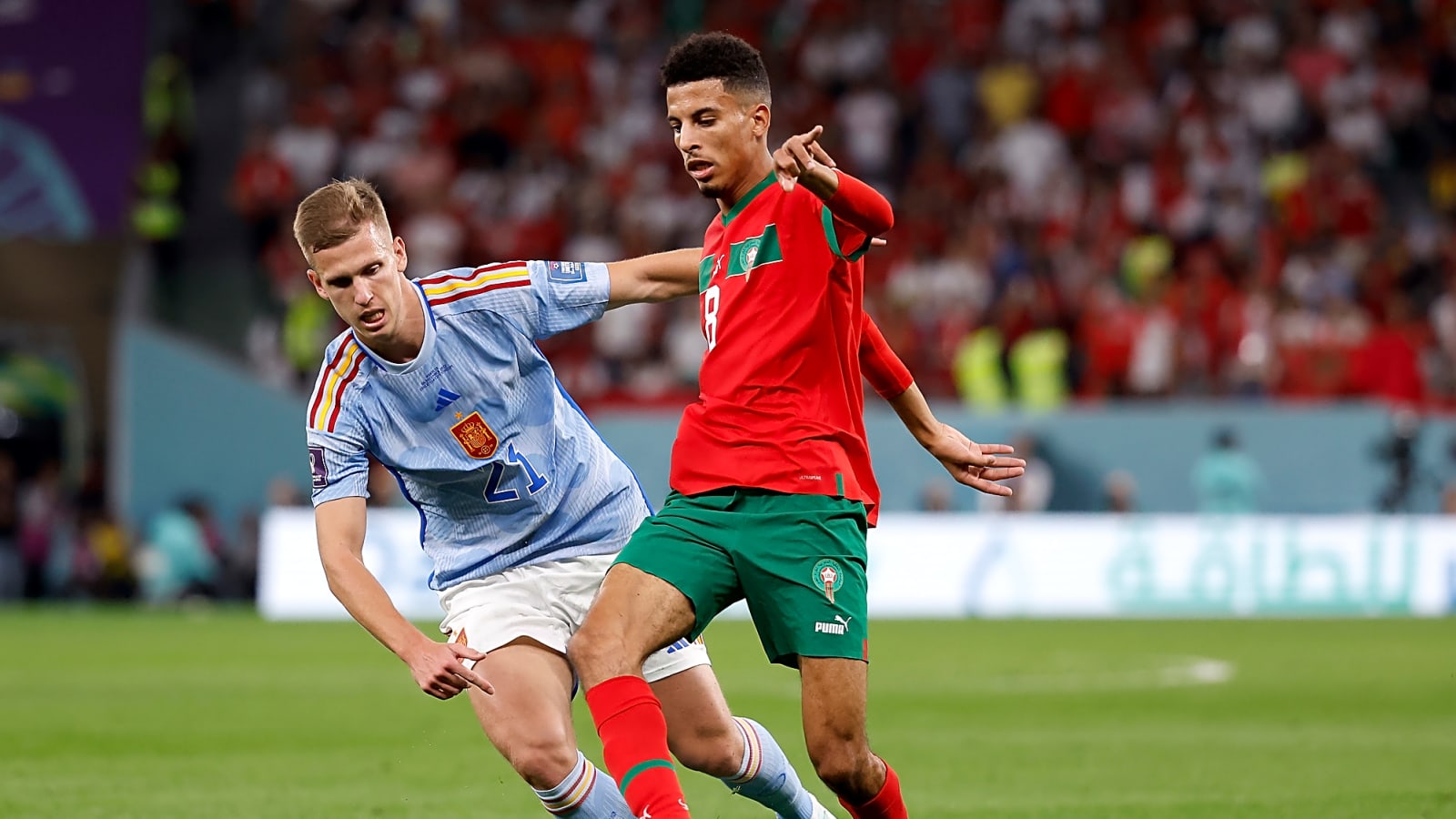
Barcelona have an enviable selection problem in the attacking midfield area. The emergence of Fermín López and the return of Dani Olmo give Hansi Flick two very different but equally tempting options. A tactical choice is needed more than a simple preference. This piece weighs recent form, fitness, and role suitability to answer who should start when the stakes are high.
Current form and momentum
Fermín arrived at the first team and quietly turned heads through last season and the following preseason. Recent matches show a player who combines pressing intensity with arriving late into the box and finishing chances. A standout performance in the Joan Gamper Trophy saw him score twice and provide an assist while driving Barcelona’s tempo in the final third. Those minutes have built confidence and strong chemistry with the younger attackers.
Dani Olmo arrived with a proven scoring track record from his time at RB Leipzig and offered creativity and goal threat when fit. Injuries hampered parts of his first season back at the club, but his quality on the ball and ability to create high-value chances for the likes of Lamine Yamal and others remain clear. Olmo is comfortable on the left or in the central attacking midfield spot and has shown a capacity to unlock tight defenses with angled passes and late runs into space.
What each player offers tactically
Fermín’s profile suits a high-intensity Barcelona. He presses aggressively off the ball and links combination play through short, quick passes. A midfield built around quick transitions benefits from his timing to enter the box and his shot volume. Statistical outputs from last season back this profile with a healthy goals total for a young attacking midfielder and an xG that supports his finishing. Managers who want vertical movement and midfield runners will favour Fermín.
Dani Olmo brings a more direct creative edge. His strengths include progressive passing, long angled balls, and an eye for through passes that split defenses. Defenders must respect his ability to carry the ball into advanced positions, which in turn creates space for wide attackers. Against teams that sit deep and compress the centre, Olmo’s vision and passing range can be decisive. He also offers set-piece quality at times, which broadens Barcelona’s attacking toolbox.
Fitness and availability considerations
Availability has a major say in selection. Fermín appears to be on an upward curve and has enjoyed continuous minutes through preseason, strengthening his case for early starts. Olmo’s season was interrupted by adductor and hamstring issues at times last year, limiting his rhythm. Club medical updates have routinely reported progress on his recovery, but rotation decisions must factor in his recent injury history to avoid relapse. Managing minutes for Olmo during congested schedules is prudent.
Squad registration and long-term planning also matter. Last season, transfer injuries and La Liga registration rules created unusual scenarios that affected how often certain players featured. Tactical rotation across competitions helps keep both players sharp while letting the manager pick the profile that best counters each opponent.
Verdict who should start and when
A flexible approach is best. Start Fermín against high-intensity opponents where Barcelona needs midfielders who press early, win second balls, and arrive late into the box. His current match rhythm and finishing form make him the ideal starter when the game demands verticality and relentless movement. Use Olmo when the opponent sits deep or when Barcelona needs to break lines with clever passes and structured positional play. Olmo is especially valuable in knockout ties or away matches where a single incisive pass can decide a tight game for Barcelona.
Rotation across a season keeps the team balanced and reduces injury risk. Starting Fermín in league matches that require intensity and introducing Olmo in the second half to exploit tired defenders is a practical compromise. Both players are strong enough to start for Barcelona on their day, and having them available gives Flick tactical diversity. The manager who mixes minutes thoughtfully will extract the most from Barcelona’s talented midfield options.
Final Thoughts
A single name cannot cover every scenario. Fermín offers in-game energy and late box presence, while Dani Olmo brings creativity and line-breaking passes. While Olmo may seem a household name in the starting eleven, Barca rejected huge offers for Fermín from the likes of Chelsea and others, which means he’s very much needed. Selection should follow the opponent’s profile, competition demands, and the fitness status of both players. Getting the balance right across a season is the truest path to making the best use of both talents.
More must-reads:
- Three Premier League dark horses to watch in 2025-26
- Paul Skenes' recent struggles open door for Phillies aces in NL Cy Young race
- The '2023 NFL AP second-team All-Pro' quiz
Breaking News
Trending News
Customize Your Newsletter
 +
+
Get the latest news and rumors, customized to your favorite sports and teams. Emailed daily. Always free!








